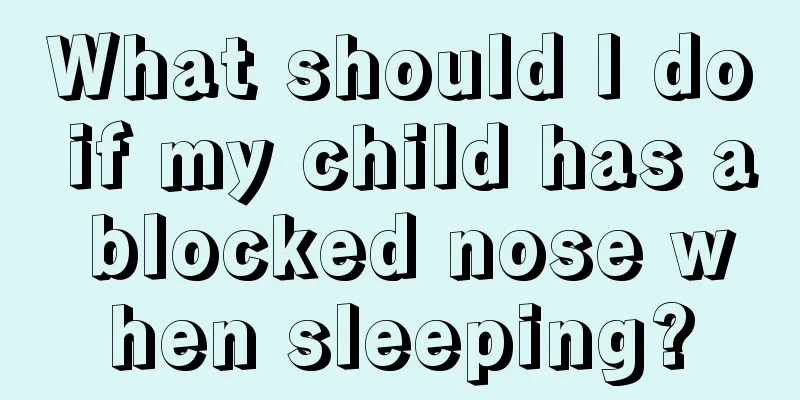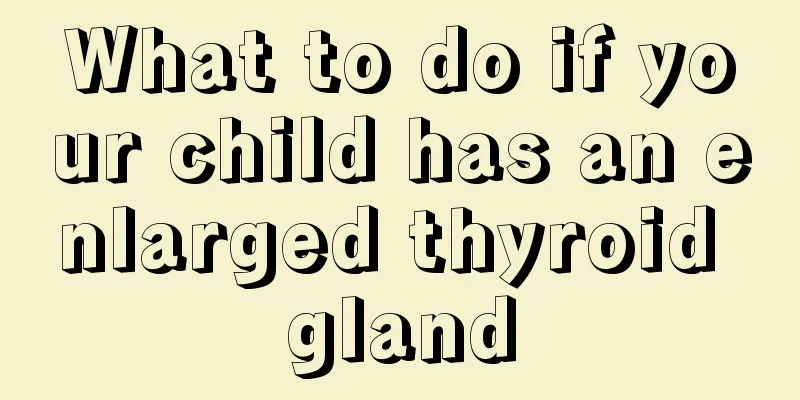What is the cause of a hard lump on the sole of a child's foot?

|
Many parents will find that their children have hard bumps on the soles of their feet. In this case, parents are quite worried, fearing that they are caused by some serious diseases. Some parents will be very anxious to take some measures to deal with it. However, seeking medical treatment in a hurry is not a good idea. It may lead to more serious situations. Therefore, people need to pay special attention to the situation of hard lumps on the soles of children's feet. Let's introduce in detail what is going on. Reasons why children have hard bumps on their soles: 1. Plantar warts Caused by the human papillomavirus (HPV). It is a type of common wart. It is caused by direct contact (also self-contact), trauma and low or defective cellular immune function are also important causes. Human papillomavirus can be directly inoculated and transmitted through small breaks in the skin, so the skin lesions are increasing. Coupled with the daily stress on the feet and the friction of shoes, the condition is aggravated and becomes more difficult to treat. suggestion: 1. Laser or freezing. Most hospitals use this service. It is a physical therapy and is prone to recurrence. 2. Removing the keratin layer of plantar warts by excision or corrosion is a physical treatment and is prone to recurrence. 3. Soak the affected area with Chinese medicine such as horsetail and cyperus rotundus. The treatment is slow, thorough, painless, non-irritating and will not recur. 4. Apply wet compress to the affected area. The treatment is fast, thorough, painless and will not recur. 5. In clinical practice, soak the affected area with the traditional Chinese medicine solution of Plantar Wart Kang, then apply the plantar wart Kang solution after soaking, and keep using it until recovery. 2. Corns Corns are cone-shaped thickening of the stratum corneum caused by long-term friction and pressure. There is a central core of keratin, the tip is deep into the skin, and the base is exposed on the outside. Tight shoes or deformed foot bones can cause the stratum corneum in areas of the foot that are subject to friction or pressure to thicken and push inward, forming a cone-shaped keratinous substance with the top facing inward. suggestion: 1. Soak the affected area in hot water to soften it, scrape off the surface stratum corneum, protect the surrounding area and expose the corn, then apply various strong keratin peeling agents, such as commercially available corn ointment and 15% salicylic acid and lactic acid levofloxacin ointment. 0.3% retinoic acid ointment, 10% silver nitrate solution, etc., repeat every few days until the tip is dug out. 2. If the corn is not infected, it can be removed by excision. The method is to use a pointed scalpel to make a circular incision along the edge of the thickened keratin, clamp it with toothed tweezers, peel it off on the upper layer of the zona pellucida, and dig out the corn. You will feel no pain when walking immediately after the tumor is dug out, and the pain and recurrence-free period will last for at least 2 months. If it recurs, you can dig it out again. Generally, it can be cured after 1-2 times, and sometimes 5-6 times. |
<<: What should I do if my baby’s feet turn outward?
>>: What to do if your three-year-old baby's legs are not straight
Recommend
Children have yellow eye mucus due to inflammation of the eyes
Many parents feel that children’s problems are ne...
Commonly used drugs in pediatrics
Pediatrics is a department that treats various pe...
Is it normal to cough after roseola infantum?
Roseola infantum is a disease with a high inciden...
Baby wakes up when he moves while sleeping
Nowadays, children need at least a relatively qui...
How to discharge amniotic fluid from the stomach of newborns
If a child accidentally inhales amniotic fluid wh...
Why does my four-year-old baby keep blinking?
As we all know, except when we are asleep, people...
Why do children's ears bleed?
We all know that our facial features are very imp...
How can children overcome inferiority and become confident?
For children, if they have an inferiority complex...
When should children's supernumerary teeth be extracted?
Dental health is a very important matter. Many pe...
How to supplement iron for six-month-old babies
Iron is an essential element for children's g...
At what age is it better for babies to sleep in separate beds?
Taking care of babies is something that parents a...
What to do if your child has a high fever of 38 degrees
When a baby comes out of the mother's body, h...
Why does my baby still spit up milk after seven months?
In fact, in daily life, many babies need their pa...
What should be paid attention to in the surgical treatment of torticollis in children
Many parents will find that their children have t...
How to deal with newborn spitting up milk in the nose
It is necessary to take better care of her and pr...









